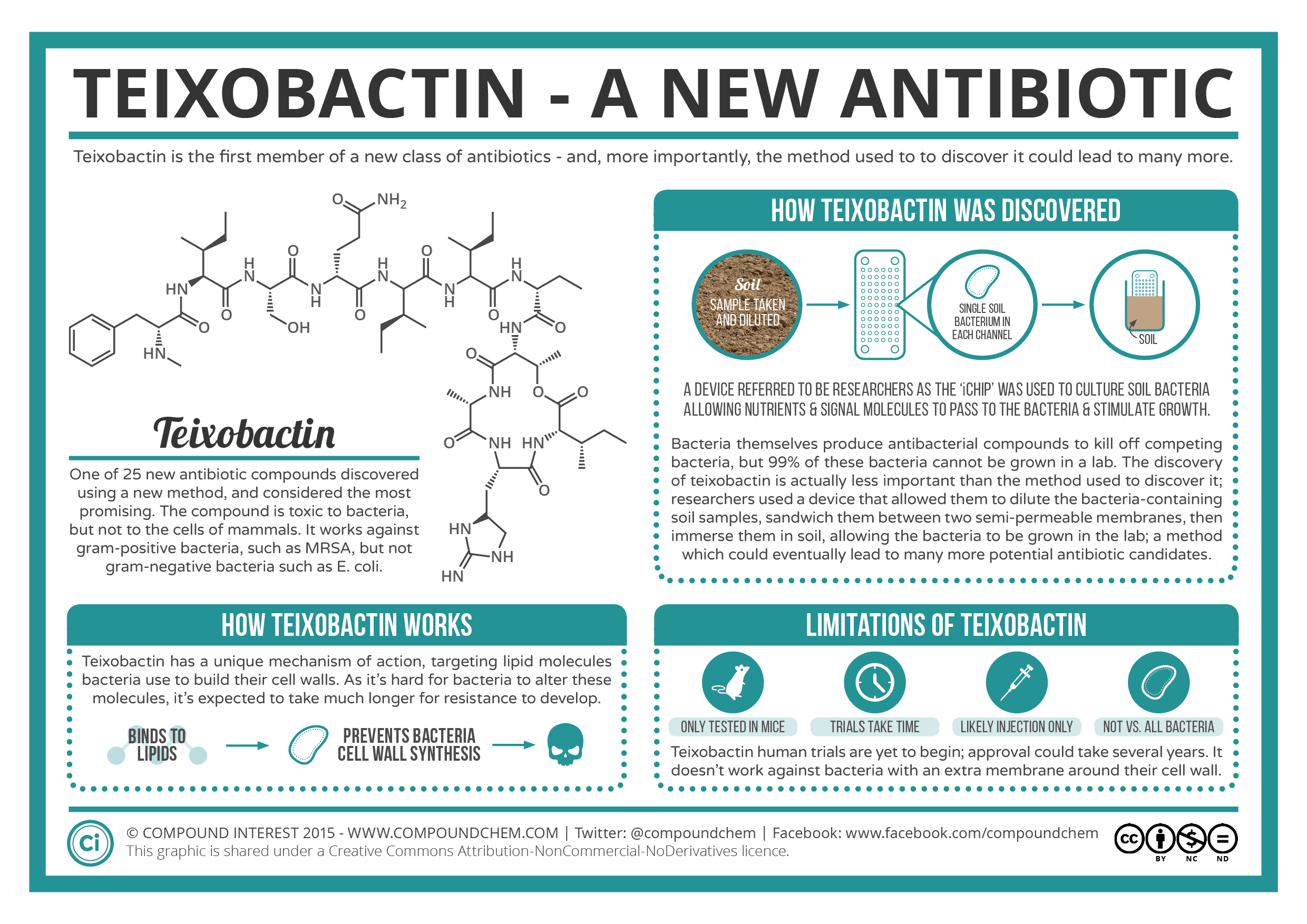Suicide prevention for older adults is an urgent and often overlooked issue, given that this demographic faces the highest suicide rates of any age group. Particularly concerning are adults aged 75 and older, who experience alarming rates that demand immediate attention from healthcare providers and caregivers alike. Despite the rising crisis, there exists a significant gap in available mental health resources for seniors, as many national suicide prevention organizations fail to address the specific needs of older individuals. Additionally, the isolation brought on by the COVID-19 pandemic has further exacerbated mental health challenges among elderly populations. It is crucial to develop more effective online resources for seniors that are tailored to their unique mental health needs and readily accessible, to combat this growing epidemic of elder suicide prevention.
Addressing the issue of self-harm in the elderly is increasingly vital as we witness rising patterns among those aged 75 and over. This population is experiencing a dramatic increase in mental health struggles, particularly in the context of social disconnection and the pressures caused by external crises like the COVID-19 pandemic. While attention typically centers on younger individuals, the impact of suicide on seniors is far too often neglected, highlighting a dire necessity for tailored interventions. The field of geriatric psychiatry underscores the importance of providing appropriate mental health resources and support systems that cater specifically to older adults. Engaging and accessible online tools must be developed to ensure that elderly individuals can seek help effectively and with the dignity they deserve.
Understanding the Alarming Suicide Rates in Older Adults
Recent studies reveal that adults aged 75 and older face the highest suicide rates across age groups, with alarming statistics showing a rate of 20.3 per 100,000 individuals, as reported by the Centers for Disease Control and Prevention. This demographic is increasingly vulnerable, exacerbated by issues such as social isolation and the pervasive stigma that surrounds mental health in older populations. Unlike their younger counterparts, older adults have not seen a decline in suicide rates; in fact, the rates among them have steadily increased, highlighting a critical public health concern that demands immediate attention.
The rising suicide rates in older adults underscore a significant gap in mental health support and resources tailored to this age group. Many older individuals do not have easy access to necessary mental health services due to factors such as mobility limitations, lack of awareness about available resources, or the absence of targeted online content that addresses their specific needs. Understanding these dynamics is crucial in comprehensively addressing the mental health challenges faced by seniors and enhancing suicide prevention strategies.
Frequently Asked Questions
What are the current suicide rates in older adults?
Suicide rates in older adults, particularly those aged 75 and older, are notably high, with a rate of 20.3 per 100,000 individuals according to the CDC. This age group faces unique challenges such as social isolation and mental health issues, necessitating targeted suicide prevention efforts.
How can mental health resources for seniors help in suicide prevention?
Mental health resources for seniors play a critical role in suicide prevention by providing information, support, and therapeutic options tailored to older adults. These resources can help identify those at risk, promote mental well-being, and connect individuals with necessary services.
What is the role of geriatric psychiatry in preventing suicide among older adults?
Geriatric psychiatry focuses on diagnosing and treating mental health issues in older adults, addressing factors that contribute to suicide risk. Specialists in this field can offer tailored therapeutic interventions and resources, crucial for effective suicide prevention in seniors.
How has COVID-19 affected elder mental health and suicide rates?
The COVID-19 pandemic has exacerbated mental health issues among older adults, leading to increased feelings of loneliness and isolation. Consequently, this has impacted suicide rates, highlighting the urgent need for enhanced mental health resources and supportive interventions for seniors.
Where can I find online resources for seniors focused on suicide prevention?
Online resources for seniors that focus on suicide prevention include websites of national prevention organizations and local mental health services. However, research indicates that older adults often struggle to find these resources effectively, underscoring the need for better accessibility and targeted outreach.
| Key Point | Details |
|---|---|
| High Suicide Rates | Older adults, especially those aged 75+, have the highest suicide rates (20.3 per 100,000). This group faces significant risk due to factors like loneliness and social isolation. |
| Lack of Resources | Many national suicide prevention organizations do not provide easily accessible resources targeted specifically at older adults, despite acknowledging their high risk. |
| Research Findings | A study led by McLean Hospital reveals an imbalance in the focus of online suicide prevention efforts, indicating a great unmet need for targeted resources for older adults. |
| Need for Tailored Campaigns | Public-facing suicide prevention campaigns are effective, but there is an urgent need for campaigns tailored to the unique needs of older adults to reduce their suicide rates. |
| Future Recommendations | The study suggests that addressing disparities requires increased funding and research, with targeted campaigns on accessible platforms for older adults. |
Summary
Suicide prevention for older adults is a critical issue that requires immediate attention. Given that individuals aged 75 and older experience the highest rates of suicide, it is imperative to focus on developing and providing resources tailored specifically to their unique healthcare needs. The lack of accessible support highlights a significant gap in current suicide prevention efforts, emphasizing the need for targeted campaigns and funding aimed at this vulnerable population. By addressing these disparities, communities can work towards reducing suicide rates among older adults and enhancing their overall mental health and well-being.





